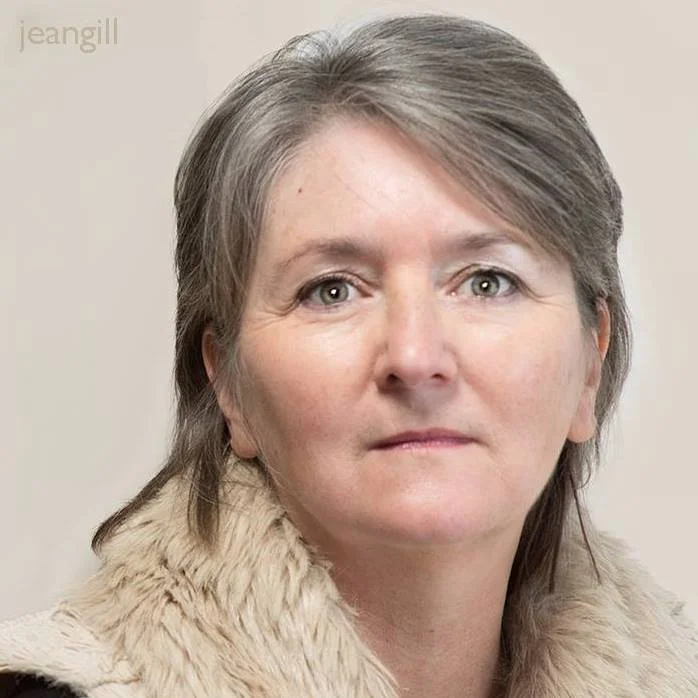
Jean Gill, photographer and author
From France, Jean Gill offers important advice about the right and legal way to source images for your books, websites and social media, drawing on her knowledge as both a professional photographer and an author, able to see the issue from both sides of the lens.
As writers, we want images for our book covers, blogs, adverts and tweets. It is so easy to break the law if you find the perfect picture online. All you have to do is right-click, save it and use it. Simple! As simple as picking up sweets in a shop and pocketing them.
You probably wouldn’t do the latter because a) it’s stealing and b) if you get caught, you don’t just pay the price of the sweets. The same applies to using images without permission, and there are some horror stories doing the rounds about the price of being caught.
Why Paid Stock Photos Give Peace of Mind
I’m a writer and a photographer, with a stock portfolio of 3,500 photos at istockphoto and Getty Images. When you buy a stock image, you pay for a license to use it and have the security of knowing you are not breaking any laws. The photographer remains the copyright holder and can earn a living through multiple small sales. If you use any photo without payment (if required) or permission, you are stealing from the photographer.
You would be surprised at which photos sell best. How much do you think each of these photos has earned for me?
The untidy wardrobe has earned $400 and the swamp hag, which involved a gutsy paid model, complicated lighting and a unique (!) location – $20. The wardrobe photo is successful and the swamp hag is not (though of course I love it). If somebody saw the wardrobe and thought, ‘That’s just an ordinary photo; why shouldn’t I use it – and I’ll pay if I get caught,’ I’d lose my income.
Three Options for Authors
Is this a bit heavy when all you want is a little picture for your blog? You have three legal options. You could use a photo that is ‘free to use without restriction’ often stated to be ‘under creative commons license’. Here are two of the many sites that offer photos free, even for commercial use:
- Pixabay is a gateway to shutterstock and many of the paid stock libraries offer freebies as a taster. Help yourself!
- The New York Library (public domain section) is also one of many sites offering free photos. Be careful. Some ‘free sites’ steal photos. You could be in trouble if you use images these sites should not be offering.
You can pay for Royalty Free stock photos. Royalty Free does NOT mean free. It means you can use the photo in advertising (e.g. book jackets) and combine it with other images in any way you want. You can Photoshop it to death. Check the license use if you have a bestselling print run – you might need an extended license (usually at about 500,000 copies).
Credit your source where possible and, if you can, the photographer by name. These are your creative colleagues and, if you use one of my photos, let me know and I will publicise the fact! Photographers are your marketing friends!
Why Using Your Own Photos Isn't Always Straightforward
The third option is to use your own (or a friend’s) photos. You avoid all the legal problems that way, right? Wrong. Photos that are fine for personal use might be illegal if used commercially, and it is your responsibility as photographer (and publisher) to obey the law. Your human subjects have rights so you should have permission from them before using their photo as e.g. a book jacket. Some buildings are copyright protected so you could be sued for using a photo of e.g. the Eiffel Tower at night, without permission.
I mentioned ‘Royalty Free’ photos. Every human subject in my photos has signed a Model Release permitting sale of their photos. There are no brand names, logos or copyright places. As a photographer, you could be sued over any of these issues.
The Editorial Exception
The exception is when you use or sell your photos as ‘Editorial’. This is photo-journalism; travel, news or street photography where you do not always have model permission. Editorial photos can only be used in a reporting context and cannot be changed (i.e. Photoshopped or cropped in a way that changes the context). Laws vary by country but, for instance, even for Editorial, my companies do not allow photos of one child unless model released; several children or a child with at least one adult are acceptable.
Which of these could you use for a book cover?
Answer: all of them require Model Releases or can only be sold for Editorial use. You could use them for a non-fiction (e.g. travel) book but if anybody can be recognised, it’s always safer to have permission from the subject. The first one does have a Model Release so is for sale Royalty Free.
Because we photographers are lovely people, this photo (Romance in Paris) is a gift to you from me, free to use without restriction.
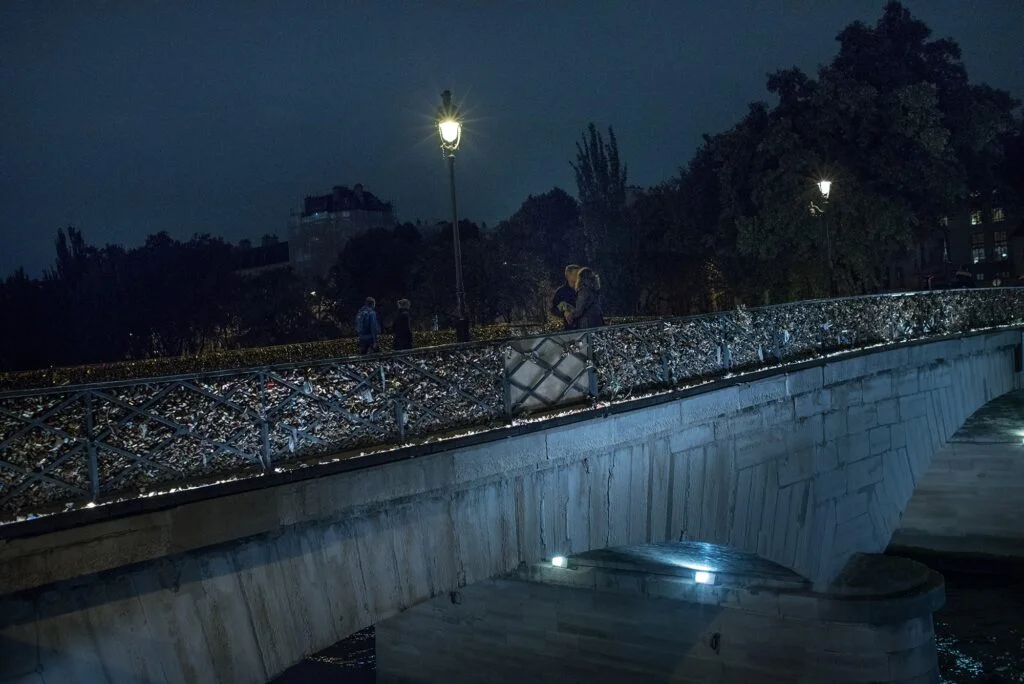
Paris by night by Jean Gill – a gift to our readers!
Credit is always appreciated and if you let me know of any use, I will publicise that – I love seeing my photos ‘in the wild.’
Incidentally, photographers still own copyright to a photo even if there is no name or watermark on it, or embedded identifying data.
Those are mere reminders to viewers that the photo is copyright – they don’t change its status.
If you’re not sure it’s OK, then it probably isn’t, so unless you’re willing to go to court, don’t take risks. The main rule is to respect others’ copyright as much as your own, and to appreciate that a photographer’s subjects (human and property) have rights too. Only use photos you have permission to use, in the way that you are using them.
To view Jean Gill's Stock portfolio, check out: www.jeangill.com.
OVER TO YOU If you have further tips about using photography, please feel free to share them.
How #selfpub #authors should source and use photos by @writerjeangill Share on X

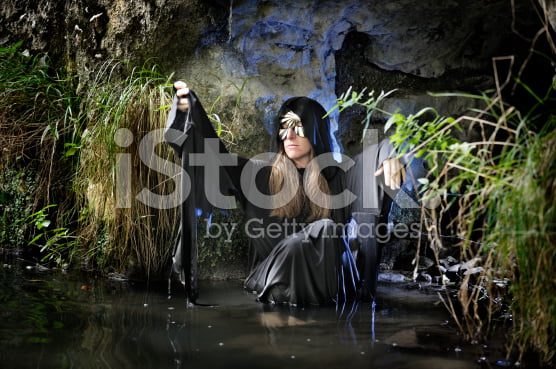
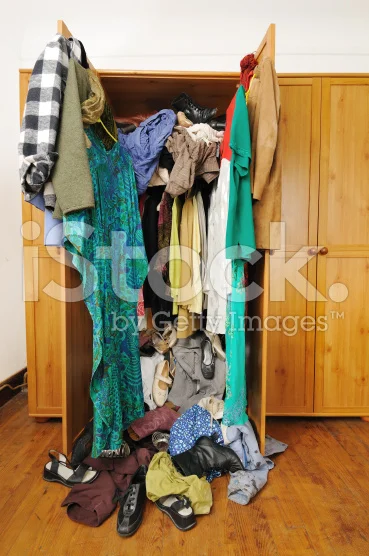
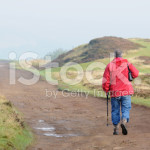

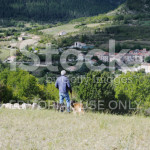



I replied in the main thread, Jo, because I’m sure others feel likewise!
If I buy image from Getty images, from this image I make an oil paint, than I use this oil paint as cover of a book. Can I made this?
I was at a party my daughter hosted and the photographer took pics of all the guests.
My daughter paid him for his work and for all the photos.
Can I use the pic he took of me as my author’s picture on the cover of my book without giving him credit?
Great post, Jean!
I am a Photo Researcher (yes, capital letters, yes real job!) who works with authors and other publishing professionals to locate and clear image rights for books (as well as other media).
From your comments it sounds like there are lots of questions on this topic. I have many of the answers! Because many authors and publishers have similar questions “Can I use (blank) for (blank)?” The answers aren’t easily Google-able because it usually starts with “Well, it depends….”
So just a friendly note to say, sometimes it’s time- and cost-effective to hire a professional photo researcher!
Interesting article! Bit it doesn’t quite cover my question. I will be writing a childhood memoir which will be published in June 2021 (not self-published). It will have 15 photos, two of which are group photos from my schools/fellow pupils, back in the 60’s and 70’s, so long ago.
I have asked the respective schools or person affiliated with them for permission. The bigger school, in England, immediately said yes. The smaller school, a small private school in an ex-British colony which no longer exists, was harder to contact, but I finally made contact with the daughter of the former school founder. She says of course I can use it, but there will be a royalty.
I told her I will put her in touch with my publisher/editor, but how much do you think such a royalty might be?
What about the subjects in the photos? They were children then and of course are now either dead or in their 60’s 70’s. I can’t possibly contact them. Might they have a say, refuse publication, sue, etc?
Looking forward to your reply!
I took some photos while I was shopping in a boutique and I want to use them in a book. They are photos of clothing that was on display. Do I need permission to use the photos?
Good evening,
I had hired a photographer to take photos of my dishes for my upcoming cookbook.
Now, after taken about 45-50 photos, I understand that the photographer owns the copyright
of the photos. Will I be able to use these photos in my cookbook or do i need to have a legal
document drawn up that will have the photographer release the copyright to me?
[…] The Book Designer: Sourcing and using images. (This post is focused on image use for book covers, but is also helpful for folks looking to used stock imagery in other ways.) […]
I’m a Photographer in the making and have photos set up on Smugmug.com. I’ve had them there for about a month, with thousands of views yet not a single sale. Do you have any advice on my situation? I’d love to have some of my photos on magazine pages, or even some hanging around in office a or coffee shops. Do you have any suggestions towards how to find a publisher that would pay for them?
Here’s a link to some pictures and please let me know what I’m able to do.
https://brandijohnston.smugmug.com/Scenery/i-xcwtHTt?fbclid=IwAR1RqQkj0OtMpo2QIJSIYxB62vC9h43XIJUCyor1BAPwgC6j1-c4C305mfY
I am writing a book and I took the photos of family members. Do I need their written permission to use the photos in the book which will be sold? Some images are of children, would I need each parent to provide written permission? If so, is there a form I should use?
Great article! I am working on a book covering the history of a controversial subject. The photos I would like to use are historical photos ranging from archaeological photos, photos of rulers over the ages from all countries, etc. Due to the large amount of photos I would like to find a way to include these important images. Is making a sketch of these individuals a way to work around this?
Thank you for your time
[…] be on a book cover somewhere that I couldn’t find, making my book a clone of sorts. (Here’s another piece on the appropriateness of stock images that’s softer on the […]
@Jean,
Great article. I think it’s worth pointing out that in the United States everybody can sue everybody. Just recently the First Lady sued a Maryland blogger and the blogger had to settle. The fact that Melania Trump is a female billionaire and he is “just a blogger ” is irrelevant.
So, never ever think, “Oh, well, they aren’t going to sue me…” because the other party might just do that. U.S. law allows it and there plenty of lawyers who seek new cases every day.
In fact, in the U.S. celebrities can even claim “damage to their ‘brand’ image” and “mental cruelty” if their portrait is depicted on the cover of book whose genre is the total opposite what they do. E.g. the portrait of a gospel singer on the cover of a BDSM novel. U.S. lawyers can be pretty creative when it comes to this topic. – In contrast to European courts, U.S. courts will consider this kind of damage.
On both continents, the plaintiff can demand that the books are being taken off the shelves until the law case is settled. The publisher will have to pay for these costs, plsu the author won’t be able to sell a copy of the book until the case is settled.
Still, most likely, a megastar will not sue a proverbial ” poor author.”
Just like in divorce cases the person who has to pay fines and other moneys can only pay what they have. As long as the people who have to pay have “anything” they have to pay. Remember, O.J.? He even had to auction off his Heisman trophy so he could pay. Only, if they are broke they are broke.
But, while most “celebrities” and other people (they’ll have to pay a lawyer too, at $500/hr.) won’t sue a “poor author,” FOR SURE they will sue if the book gets to be a bestseller or only a book that sells well. In fact, every intellectual property lawyer will claim that the fact that their client’s picture was on the cover HELPED to make the book successful.
In short: in the U.S. it is extremely risky to “take a short-cut.” There is a reason why we have so many lawyers here, and why most of them drive only luxury vehicles.
When I still lived in Europe, my late husband, an aerial photographer, sued a corporation for not “naming the source of the picture” and they had to settle. Mind you, the corporation had paid for the picture but they didn’t name the source. It cost them money to skip on that.
Put all of this in perspective with paying $10 or $20 for a picture and you can see why I insist that taking the risk is not worth it.
hello, i want to create a music encyclopedia detailing every artist from a particular genre from A to Z, is it ok to use their photos just for illustration purposes only? All im doing is outlining the stage name and full name and discography, just like wikipedia, but no new articles depicting them in a negative
Hi Jean
I would like to publish my book on amazon and use an image from pixabay.com
Is pixabay a” safe”site to use?
It states I don’t have to ask for permission from the artist but what about mentioning the copywrite?
I’m quite confused as this is my first book and I don’t know the law.I have researched a lot but the more I research the more confused I become.
I was also thinking to use my own photos (there are no visible known sites or other people on my photo) maybe that’s the safest way.What is your advice?
[…] How to Source and Use Photos in Self-published Book Covers […]
[…] How to Source and Use Photos in Self-published Book Covers […]
Hi Jean Gill, I must confess to you that so far I had no problem with using photos on the covers of my books, even as I am illustrator, and sometimes get a picture to illustrate the cover of
a book is very complicated, especially when working with copyright, payments etc. etc.
The cover of my book “Lenita” was illustrated by myself, and the result could not have been better. But also, I give reason to these professionals who sell their photos. After all, most of them are living on account of their photos, is not it?
A big hug.
PS. Take a look at the cover of my eBook “Lenita” published by the KDP and then tell me what you thought about it.
How about using a photo ‘nicked off google’ on social media pages such as Facebook or Twitter, when the intent there is just to ‘share’ it rather than make money from it? (ie. book jacket etc.) What are the laws there? I’ve always wondered.
A book jacket copyright usually belongs to the publisher, with permission to use it given to the author, but of course they’re usually happy for you to publicise the book so are unlikely to worry about free promotion. However, before amazon owned goodreads amazon banned goodreads from using its book cover thumbnails and goodreads had to take them all down – so the law is not on your side if there’s a complaint.
‘nicked off google’ should not be in inverted commas – nicked is nicked – but I take your point re sharing and as a publisher I certainly don’t mind – you have my permission to share all of my book jackets as often as you like 🙂
Great subject. I just self published my first book and I used a drawing I made for the cover to avoid all of that drama. I’ll save that for my next publications.
If anyone is interested, you can check out my book here: http://runwright.net/2016/03/29/the-next-few-days/
Yes, your own drawing is probably safe although I don’t know how the rights of human subjects, copyrights of buildings etc, applies to drawings/paintings? I suspect it’s still safer to get models’ permission in writing for the use intended.
Jean, a question: I have sometimes used photos of my now-deceased family members … I am talking of my grandparents’ or great grandparents’ generation, and the photos go back into the early 20th or even 19th century. Is there any problem with this? They are mine (by inheritance) – but then it occurs to me, of course these people have other decedents! Would there be a potential problem of any kind?
Clare’s question about old photos raises some interesting points. If they are are as old as that, I don’t see a problem, Clare. These are the 2 questions to consider when you use existing photos; the photographer’s rights and the subjects’ rights. I go by the law that a photo, like a book, is in the public domain 70 years after the author/photographer’s death and not before that. Earlier than that, if the photographer is known, permission to publish is required from the author/photographer or his/her estate. If unknown, you can honestly say you tried to find out and that’s fair enough.
As to the subjects, if they are dead and you are their heir then you have the right to publish the photos. I don’t see that it matters if other heirs also have copies of the photos and the same rights – they too can publish those photos if they want.
Great article, Jean, and I will share it around, I think on my website Resources page, too. I want to add that, at least in the US, some places like botanical gardens and parks are now requiring permission (and payment) to use photos taken on their grounds for commercial purposes, particularly if any object, structure, feature or even peculiarly identifiable tree appears in the photo. I did not know that photos not showing peoples’ faces still need their permission to use on the cover of a book. And I guess editorial use means use only on the inside of a nonfiction book or maybe on a nonfiction blog post (or else get permission).
Thank you! Restriction on rights in some parks is interesting. There are more and more restrictions in general! Usually if entry is free, photographs for any use is permitted. Photos taken on private property often require permission, preferably a ‘property release’ signed by the owner if the place is recognizable, even for editorial use. if the If the place is not identifiable is often an issue Sometimes it’s permitted
Fantastic piece! I buy the artwork I use from Shutterstock or artists, but sometimes I want photos to use in trailers I make on Animoto. Wonderful information and sources! Thank you so much.
Glad it was helpful!
Hi how do you upload your own picture ie a black and white photo that you own to make into a book cover please. I am so pleased i have read your article as I have also been given permission from a photographer to pay him for the beautiful print and use this as my second book cover but i really don’t know what the next step is all help and guidance on this will be appreciated thank you
I usually use photos listed as “free to use,” or some similar term. Does this mean that these are not subject to the rules you mentioned. I searched for these images with the very best of intentions and was on at least one occasion unable to find find anyone linked to the image I used.
You are right, it is a minefield especially for the uninitiated.
There are some very good sites which offer free images for commercial use but all images are subject to the rules I mentioned so you need to check the site you get images from. If it’s a reputable site then THEY have the necessary rights (photographer permission and model releases) to license those images to you for the use it says on the site.
Thanks, Alison! I do sometimes feel insulted on behalf of fellow-photographers but many of the posts I’ve read from authors show a lack of understanding and knowledge more than wilful contempt. What shocked me – and prompted the article – was how many people were appalled at the fine for breaking the law and thought that ‘if caught, you should pay the market price of the photo’. It’s as if somebody travelled on trains regularly without ever buying a ticket, and expected to pay the usual ticket price if caught – that’s hardly a deterrent nor fair compensation to the travel company – or, in this case, photographer!
Thank goodness for this article! I get blue in the face explaining to people that they can’t just nick a photo from Google and use it willly-nilly. They look at me as if I am mad. I use my own photos without people or with crowds for my blog. Or from a royalty free library. For my book trailers, I buy in the photos if I haven’t a suitable shot for the storyboard.
My DH is a keen photographer and goes ballistic if somebody pins or pinches any of his work. And he’s not a professional. Goodness knows how you must feel, Jean!
Yes, Alison, I use my own photos as well, and have experienced people who think they can just nick stuff off the web. Was furious and concerned when someone nicked one of mine – years ago – because back then I was less knowledgable and had included 2 people in my photo – without names – and this person had put it on their blog WITH the names! He tried to argue that everything on the web was up for grabs … not so, but people persuade themselves … (My blog features photos of cats, but not individuals … how long till my cats object?)
Great post — thank you very much, Jean! And a lovely photo too!
Thank you!
Wow! That was really helpful. Thank you, Jean. I never really understood the legal ins and out of using photos. I mostly use my own plus stock images that my cover designer sources. I didn’t know that buildings could be copyrighted!
It’s a real minefield and photo copyright changes all the time. Glad it was useful!
Your article scares the pants of me. You tell us the rules but unless I have skipped something I don’t see information on how to source the artist/photographer . I am a simple soul so I like my information to be just as simple
Jo
I’m a graphic designer and have this conversation with clients all the time. As said in the article if you use a paid photolibrary service you can read the terms and conditions of use, the photographers name will be displayed alongside of the image, and all model sign offs will have been done for you. It is by far the safest option. It’s also worth noting that where possible buy images large if there is any chance you will use if for print items. It will need to be 300dpi (dots per inch) and also bear in mind some images will be really popular and you could find a lot of other people using them
Good advice! Istockphoto has changed its buying policy so that nowadays all image sizes are the same price so it makes sense to always buy the largest size.
It is a complicated subject, Jo and I’d rather scare the pants off you than read your blog on paying thousands to settle out of court for a photo you had no rights to use (there have been a couple of blogs like that recently!) ‘Source’ is just the business term for ‘get’ so it’s all about where you get photos. The article gives some free sites or you can contact a photographer directly (there are several photographer friends among my facebook friends), or buy photos via reputable stock photography sites (I’m with istockphoto).
I replied in the main thread, Jo, because I’m sure others feel likewise!